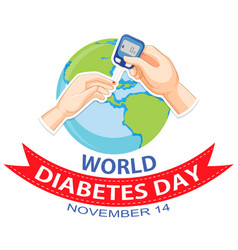 Ending Female Genital Mutilation by 2030
Ending Female Genital Mutilation by 2030
Female genital mutilation (FGM) comprises all procedures that involve altering or injuring the female genitalia for non-medical reasons and is recognized internationally as a violation of the human rights, the health and the integrity of girls and women.
Girls who undergo female genital mutilation face short-term complications such as severe pain, shock, excessive bleeding, infections, and difficulty in passing urine, as well as long-term consequences for their sexual and reproductive health and mental health.
Although primarily concentrated in 30 countries in Africa and the Middle East, female genital mutilation is a universal issue and is also practiced in some countries in Asia and Latin America. Female genital mutilation continues to persist amongst immigrant populations living in Western Europe, North America, Australia and New Zealand.
Did You Know?
- There are over 200 million girls and women alive today who are survivors of FGM.
- Girls are today one third less likely to be subjected to FGM compared to 30 years ago; however, progress needs to be at least 10 times faster to meet the global target of FGM elimination by 2030.
- In 2024, nearly 4.4 million girls – or more than 12,000 each day – are at risk of female genital mutilation around the world.
- 1 in 4 survivors underwent female genital mutilation by a health worker.
- Daughters of FGM survivors are at significant higher risk to undergo FGM compared to daughters of women who have not undergone FGM.
- The financial cost of health care for FGM survivors is USD 1.4 billion every year.
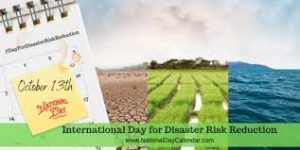 International Day for Disaster Risk Reduction is observed on October 13 every year. The day is a chance to recognize the progress made in addressing vulnerability to disasters and the loss of lives, economies, and health. Every year, the day honors people and communities all over the world who are working to reduce their vulnerability to disasters and raise awareness about the urgency of lowering the dangers they face. Disaster resilience in response to catastrophic weather events and other natural and man-made disasters requires international cooperation in the form of Official Development Aid (ODA) as well as capacity building.
International Day for Disaster Risk Reduction is observed on October 13 every year. The day is a chance to recognize the progress made in addressing vulnerability to disasters and the loss of lives, economies, and health. Every year, the day honors people and communities all over the world who are working to reduce their vulnerability to disasters and raise awareness about the urgency of lowering the dangers they face. Disaster resilience in response to catastrophic weather events and other natural and man-made disasters requires international cooperation in the form of Official Development Aid (ODA) as well as capacity building.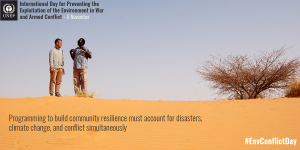 Though mankind has always counted its war casualties in terms of dead and wounded soldiers and civilians, destroyed cities and livelihoods, the environment has often remained the unpublicized victim of war. Water wells have been polluted, crops torched, forests cut down, soils poisoned, and animals killed to gain military advantage.
Though mankind has always counted its war casualties in terms of dead and wounded soldiers and civilians, destroyed cities and livelihoods, the environment has often remained the unpublicized victim of war. Water wells have been polluted, crops torched, forests cut down, soils poisoned, and animals killed to gain military advantage. The United Nations attaches great importance to ensuring that action on the environment is part of conflict prevention,
The United Nations attaches great importance to ensuring that action on the environment is part of conflict prevention, 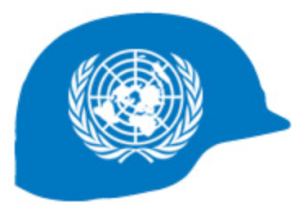 « United Nations peacekeeping is a proven investment in global peace, security and prosperity. Together, let us pledge to do all we can to enable that mission to succeed. » —
« United Nations peacekeeping is a proven investment in global peace, security and prosperity. Together, let us pledge to do all we can to enable that mission to succeed. » — 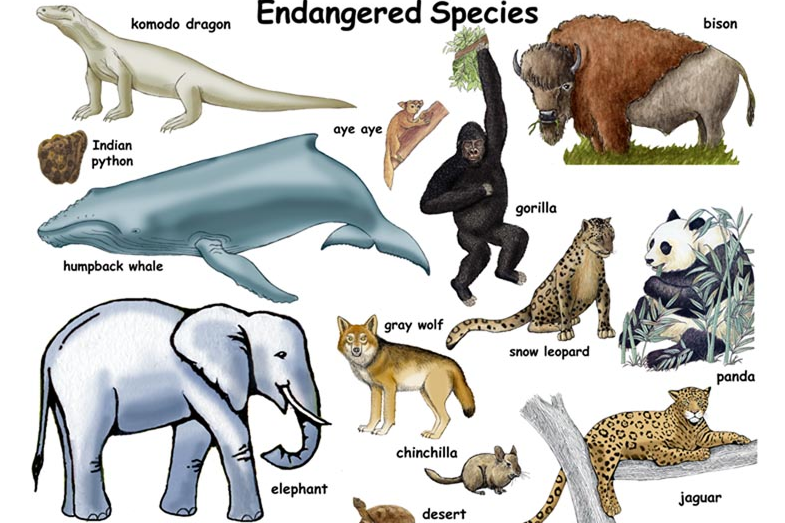 We live in a world full of many animals, insects, plants and creatures which are approaching risk of extinction – or are so close to extinction, that their species needs help immediately. When a species is defined as endangered, its numbers are especially low – in the last few thousands, hundreds, or even tens. And when the last of the species is gone, they are gone for good.
We live in a world full of many animals, insects, plants and creatures which are approaching risk of extinction – or are so close to extinction, that their species needs help immediately. When a species is defined as endangered, its numbers are especially low – in the last few thousands, hundreds, or even tens. And when the last of the species is gone, they are gone for good. May 8 is World Red Cross and Red Crescent Day. It’s a time to recognize the staff and volunteers who traverse their communities, their countries, and the globe to alleviate human suffering.
May 8 is World Red Cross and Red Crescent Day. It’s a time to recognize the staff and volunteers who traverse their communities, their countries, and the globe to alleviate human suffering.
 World Diabetes Day is the world’s largest diabetes awareness campaign reaching a global audience of over 1 billion people in more than 160 countries. The campaign draws attention to issues of paramount importance to the diabetes world and keeps diabetes firmly in the public and political spotlight.
World Diabetes Day is the world’s largest diabetes awareness campaign reaching a global audience of over 1 billion people in more than 160 countries. The campaign draws attention to issues of paramount importance to the diabetes world and keeps diabetes firmly in the public and political spotlight.